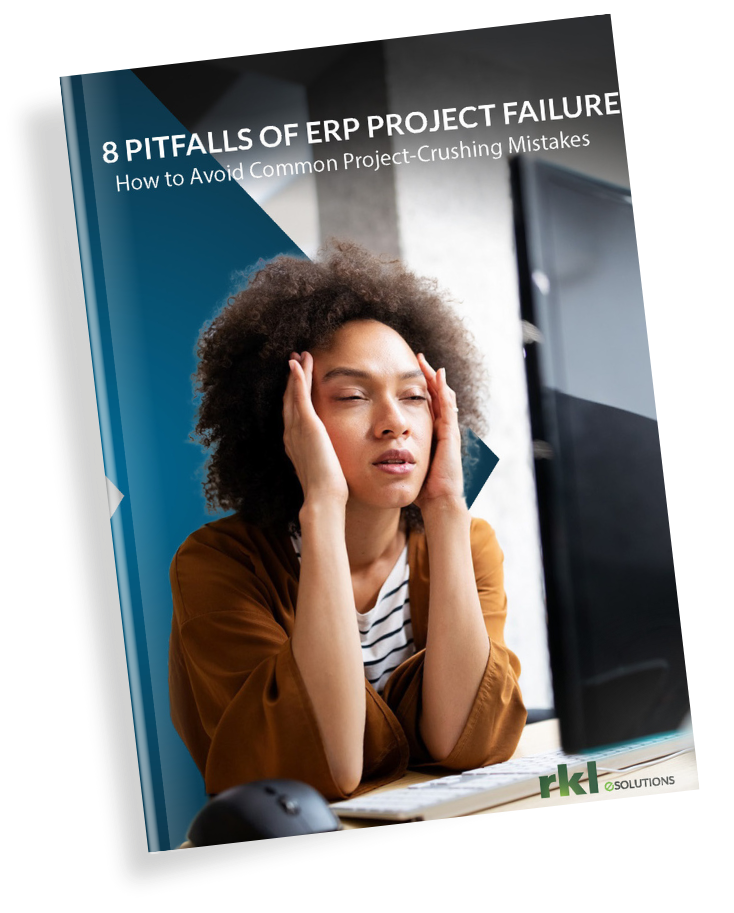The construction and real estate software industry is experiencing unprecedented levels of competition. With advancements in products and technology, many customers are now acquiring second or third-generation ERP solutions, making them more knowledgeable about the evaluation, selection, and implementation processes. If you’re in the midst of buying or choosing ERP software, this “blueprint” can help simplify the process into a concept we call the 3 P’s of software selection: Publisher, Product, and Partner.
The 3 P’s of ERP Software Selection
Publisher
When selecting a publisher (or software vendor), buyers should consider the company's financial stability and growth. This represents the ERP product’s longevity and ability to reinvest in R&D.
Where to look:
- Annual Reports
Review financial information, headcount, and employee retention initiatives. The publisher's stability of the executive team, product managers, and innovation staff allows for strategies and initiatives managed to completion. - Product Roadmaps
Future product roadmaps should include the adoption of new technologies and product releases that are focused on features and capabilities versus fixes and patches. - Published Content
Look for thought leadership content and topical outreach from team members and company leaders across professional channels. This can give some insight into a publisher's ability to nurture and develop future leaders by promoting thought leadership and ideas from within.
Product
The first step in any software evaluation should be to review internal workflows for inefficiencies and gaps. This includes taking an inventory of existing software solutions that will integrate with or be replaced by the new platform. Once the existing ecosystem has been mapped and documented, buyers can begin researching specific products. Some aspects to consider when evaluating individual software solutions are:
- Specialization in Construction and Real Estate
Reporting and compliance requirements can vary significantly from residential homebuilders to real estate developers so choosing a solution that meets those complex requirements will help save your business time and money in the long run. For example, an ERP solution might include construction accounting capabilities and then take it one step further into automated WIP reporting and comprehensive job costing. Specializing ensures that software solutions fit into business processes and not the other way around. - Cross-Product Compatibility
Market leaders are emerging in areas of specialization that make it impossible for publishers of “all-in-one software” to compete. When selecting a core product, it is critical to ensure that these “best-in-class" solutions can be seamlessly integrated. Review the publisher’s portfolio for preconstruction, project management, field operations and payroll offerings to ensure smooth integration with your core financial platform. - Ease-of-Use
The user experience should reduce complexity and accelerate product adoption through easy-to-use workflows and intuitive navigation. An easy-to-use interface allows employees to maximize their use of the product faster, realizing earlier ROI for your company.
- Advanced Technology
Many software platforms are leveraging AI technology to streamline accounting and project management processes by flagging anomalies and providing data analytics. In estimating, built-in AI can predict enabling points, logical lines, polyline selections, and more. OCR technology can automatically find multiple occurrences of characters in a plan set that need to be counted (i.e., fixtures or switches) for the takeoff.
Partner
Regardless of the publisher and product, the variable that has the greatest impact on a successful project is the selection of an implementation partner. It also represents the greatest area of risk for many buyers. When comparing partners, the customer should consider similar customer use cases, success stories, and the profile of the implementation team from the project manager through functional and technical consultants. During the buying process, the partner should have exhibited a complete understanding of your business requirements and expertise through a proof-of-concept presentation along with a thorough project scoping document.
Some indications of a good partner include:
- Detailed implementation methodologies customized for your needs, including a project management plan, go-live readiness milestones and frequent assessment reviews
- Customer references focusing on construction and real estate expertise
- Certification by the publisher and indications of a tight relationship
- Partner involvement in industry associations (Association of General Contractors, Construction Financial Management Association, National Association of Women in Construction, American Council of Engineering Companies, etc.) and memberships
- Gut check: Do you like the people you're working with? Do you feel heard, or does it feel like you're being pushed into a decision? A good partner will foster a long-term relationship with their clients. You should feel comfortable with the level of attention and support you receive during the process.
Learning the Nuts and Bolts of Choosing ERP Software
Buying new ERP software can be complicated. But simplifying the process into the 3 P's helps buyers structure the selection criteria, identify areas of risk, and create a framework to compare and contrast solutions objectively.





